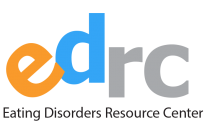Eating Disorders Review: Using Body-Positive Imagery on Social Media
“Much has been made of the negative effects of social media sites, particularly those that promote the ‘thin ideal.’ In a recent study, exposure to body-positive imagery on social media was beneficial to young adult men and women alike. Body-positive images, or those that depict ‘normal’ individuals of varying weights, improved overall body satisfaction and…











